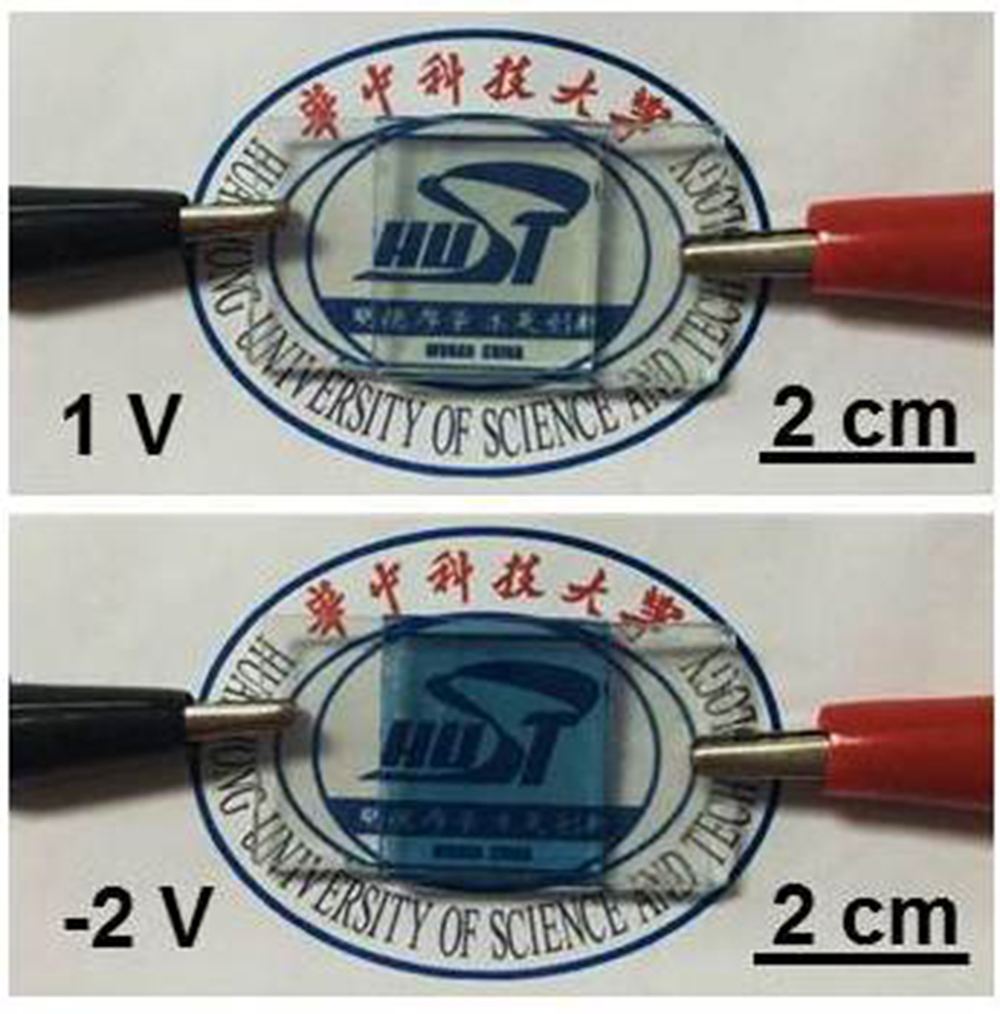
Jia LI obtained his Ph.D. degree from Tsinghua University in 2009. Then he was a Postdoctoral Research Fellow in Fritz Haber Institute of the Max Planck Society in Berlin, Germany from 2009 to 2010. He is currently an associate professor of Tsinghua Shenzhen International Graduate School, Tsinghua University. His research interest is applying first-principles methods to study the relationship between the structure and the performance of energy storage and conversion for two-dimensional materials.
RESEARCH ARTICLE
LixNa2−xW4O13nanosheet for scalable electrochromic device
Yucheng LU, Xin YANG, Hongrun JIN, Kaisi LIU, Guoqun ZHANG, Liang HUANG, Jia LI, Jun ZHOU
Front. Optoelectron.. 2021, 14 (3): 298-310. https://doi.org/10.1007/s12200-020-1033-z
Abstract:
The printed electronics technology can be used to efficiently construct smart devices and is dependent on functional inks containing well-dispersed active materials. Two-dimensional (2D) materials are promising functional ink candidates due to their superior properties. However, the majority 2D materials can disperse well only in organic solvents or in surfactant-assisted water solutions, which limits their applications. Herein, we report a lithium (Li)-ion exchange method to improve the dispersity of the Na2W4O13nanosheets in pure water. The Li-ion-exchanged Na2W4O13(LixNa2−xW4O13) nanosheets show highly stable dispersity in water with a zeta potential of −55 mV. Moreover, this aqueous ink can be sprayed on various substrates to obtain a uniform LixNa2−xW4O13nanosheet film, exhibiting an excellent electrochromic performance. A complementary electrochromic device containing a LixNa2−xW4O13nanosheet film as an electrochromic layer and Prussian white (PW) as an ion storage layer exhibits a large optical modulation of 75% at 700 nm, a fast switching response of less than 2 s, and outstanding cyclic stability. This Na2W4O13-based aqueous ink exhibits considerable potential for fabricating large-scale and flexible electrochromic devices, which would meet the practical application requirements.

Keywords: printed electronics technology, two-dimensional material, ink, ion exchange, electrochromic device